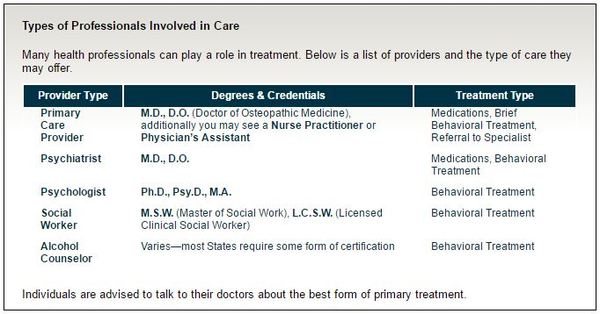
Don’t despair. Help for AUD is available.
According to the National Institute on Alcohol Abuse and Alcoholism, approximately 17 million adults ages 18 and older have an alcohol use disorder (AUD).
Unfortunately, in the age of mega, giga, terra, and national debt at or near $20 trillion, a million just does not sound quite as big as it used to. Nor does 17 million. Take a moment, though, to put that number into perspective so that you can better grasp the magnitude of AUD in the U.S.
- The statistic cites “17 million adults ages 18 and older.”
- In 2013, the Census Bureau estimated that there were 242.47 million adults ages 18 and older in the U.S. That is 76.7 percent of the entire U.S. population.
- Simple math reveals that seven percent of the entire U.S. adult population suffers from AUD.
Whatever way you look at it, that is not just the number of drinkers. That is the number of drinkers who need help.
How to Know When Someone with AUD Needs Help
The simple truth is that everyone who has AUD needs help. It is typically easier to see when others need help than it is to know when you need help yourself. The reality is that the only people who will accept help are those who know that they need it. Here are some ways to know if you, or someone you know, needs help:
- You have a craving for alcohol.
- Your drinking is habitual.
- Your drinking is having negative effects on your family, your relationships, or your job.
- You are drinking more to achieve the same level of pleasure you used to experience with less.
- You have tried to stop drinking, but cannot.
 Methods to Break Free
Methods to Break Free
The first key to getting help is to know that you need help. When you are ready for help, there are healthcare professionals who can help. Although individual treatments vary according to each person’s uniqueness and situation, methods typically consist of a combination of medical care, behavioral changes, and group therapy. All treatment should begin with your primary care physician if possible. The chart on the left, published by NIAAA, provides examples of the types of treatment supplied by various providers.
Where to Break Free

Which setting is right for you depends on several factors, and a physician or substance abuse counselor can help you decide which way to go regarding treatment options.
We’re Here to Help
In addition to inpatient and outpatient services, Harris House offers a Partial Hospitalization Program that employs the best of the usual two options. Our professionals are ready when you are. Call us to learn about admissions.

 Methods to Break Free
Methods to Break Free





